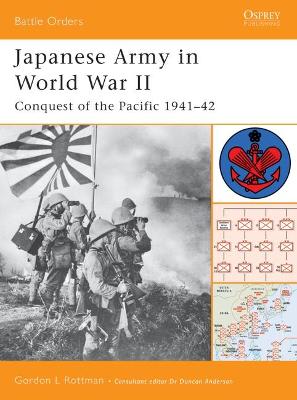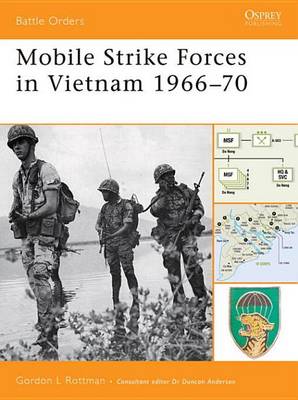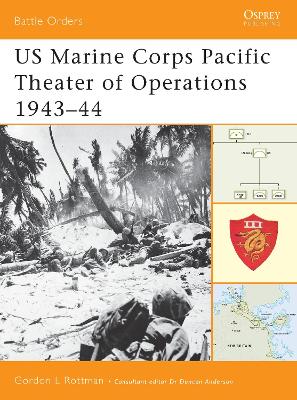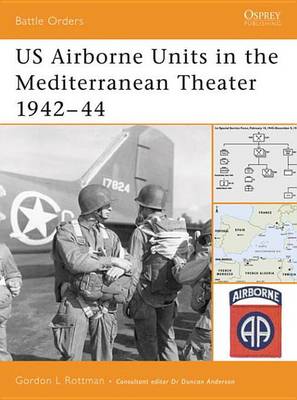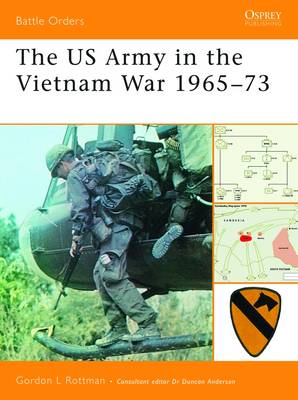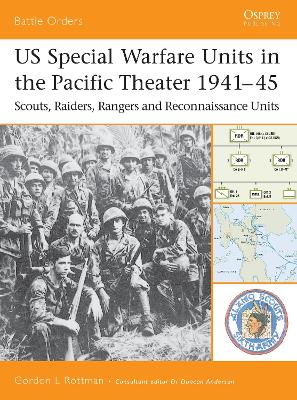Battle Orders
9 total works
US Marine Corps Pacific Theater of Operations 1943-44
by Gordon L. Rottman
US Marine Corps Pacific Theater of Operations 1941-43
by Gordon L. Rottman
US Special Warfare Units in the Pacific Theater 1941-45
by Gordon L. Rottman
